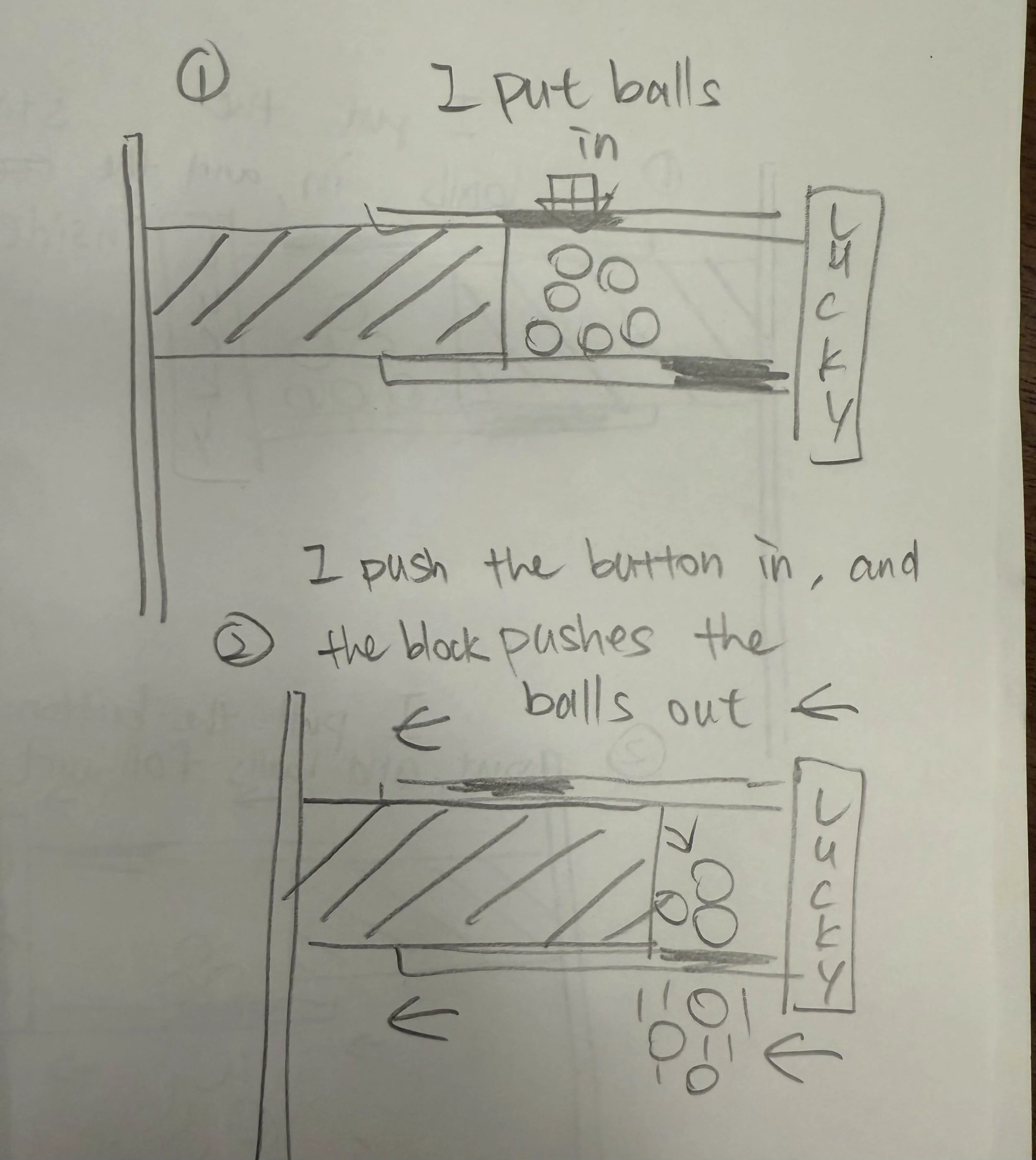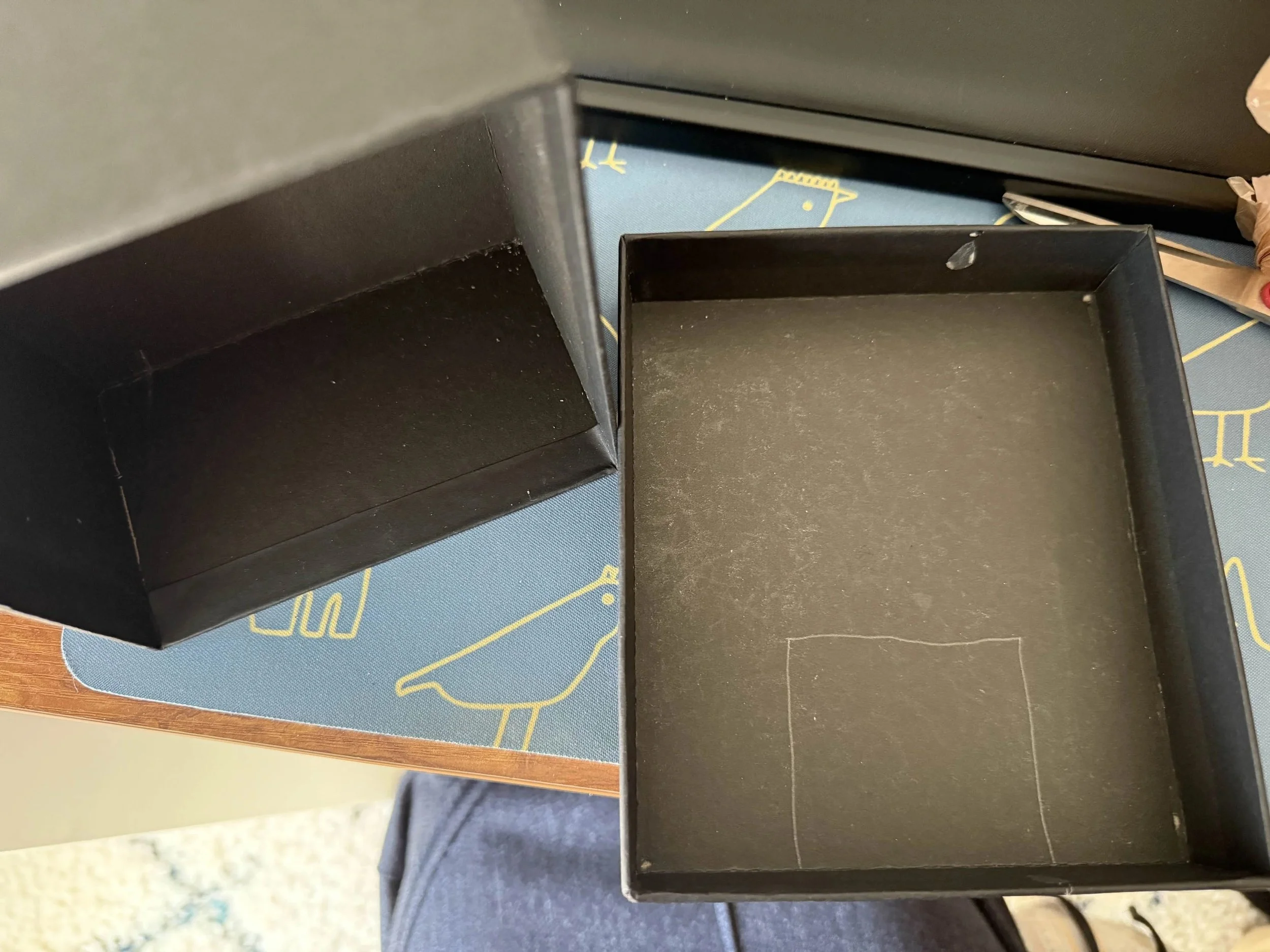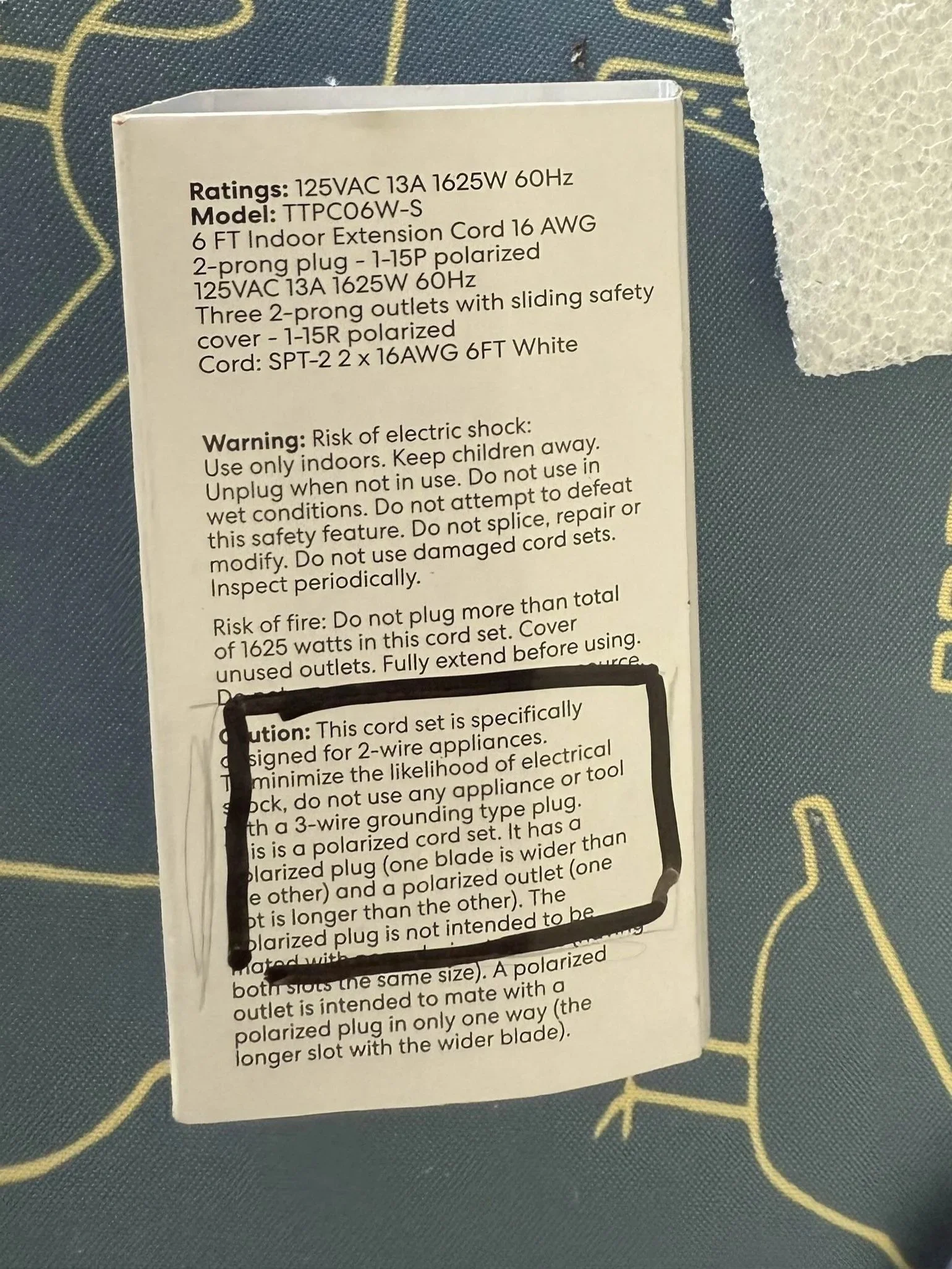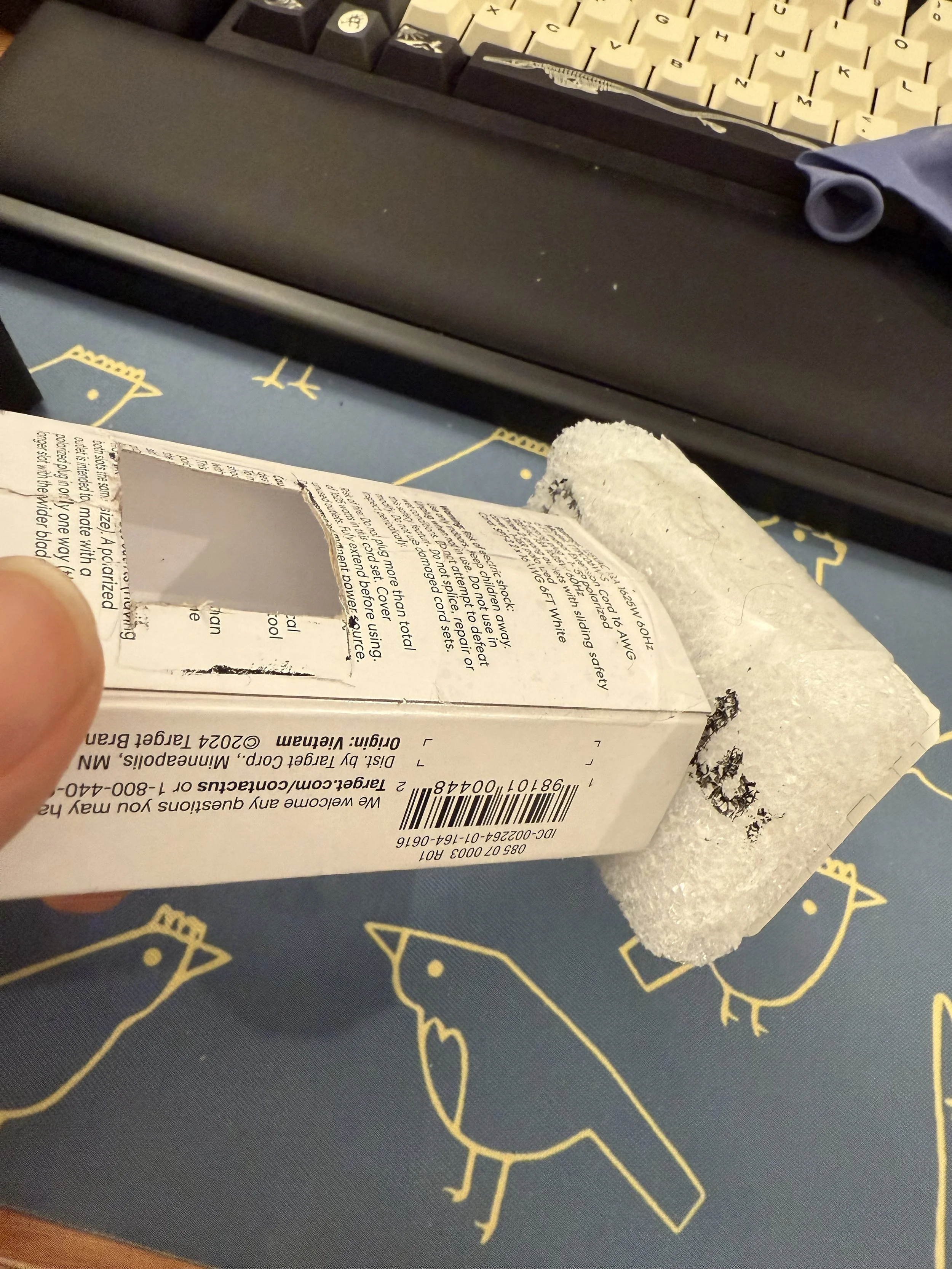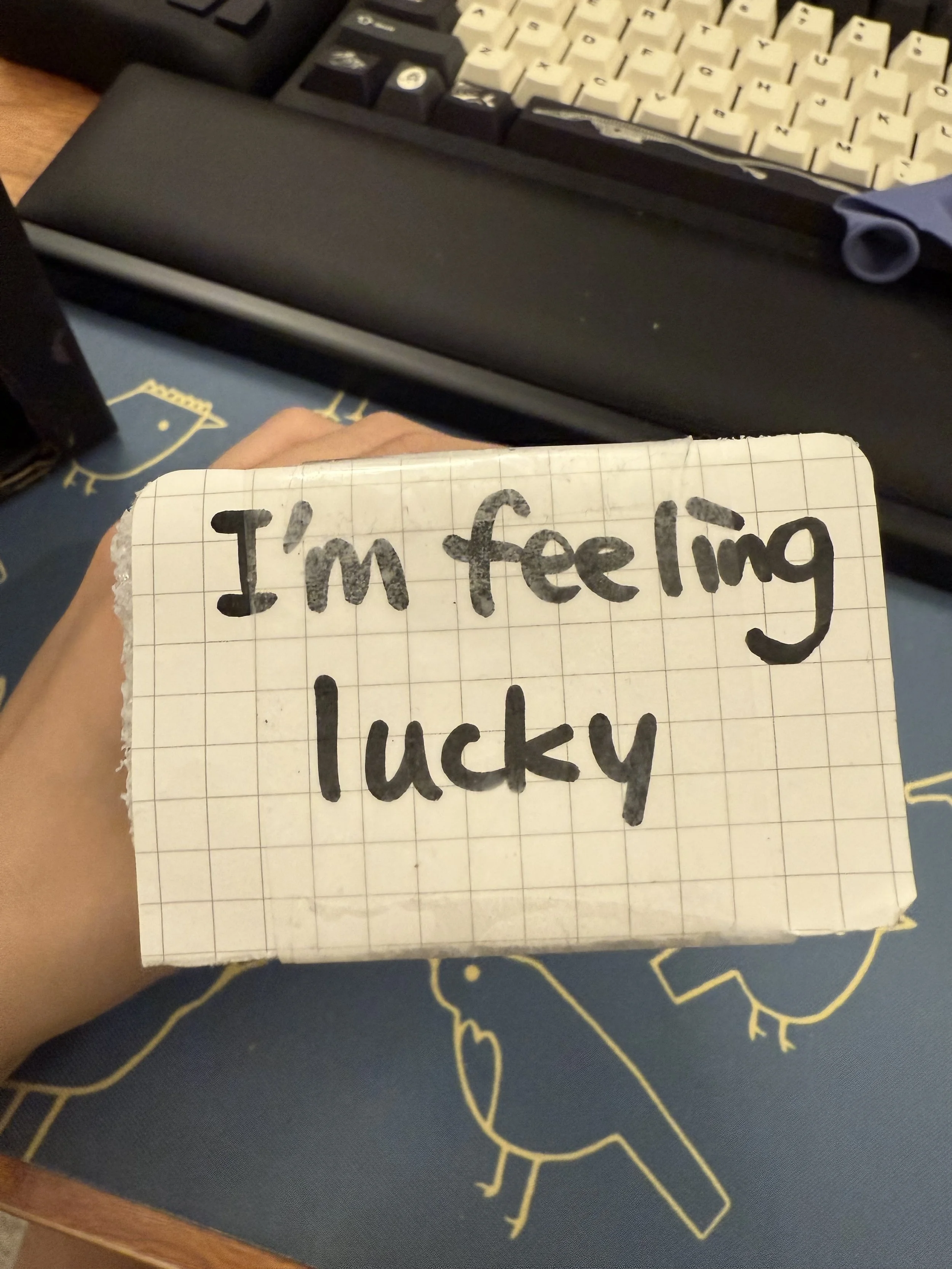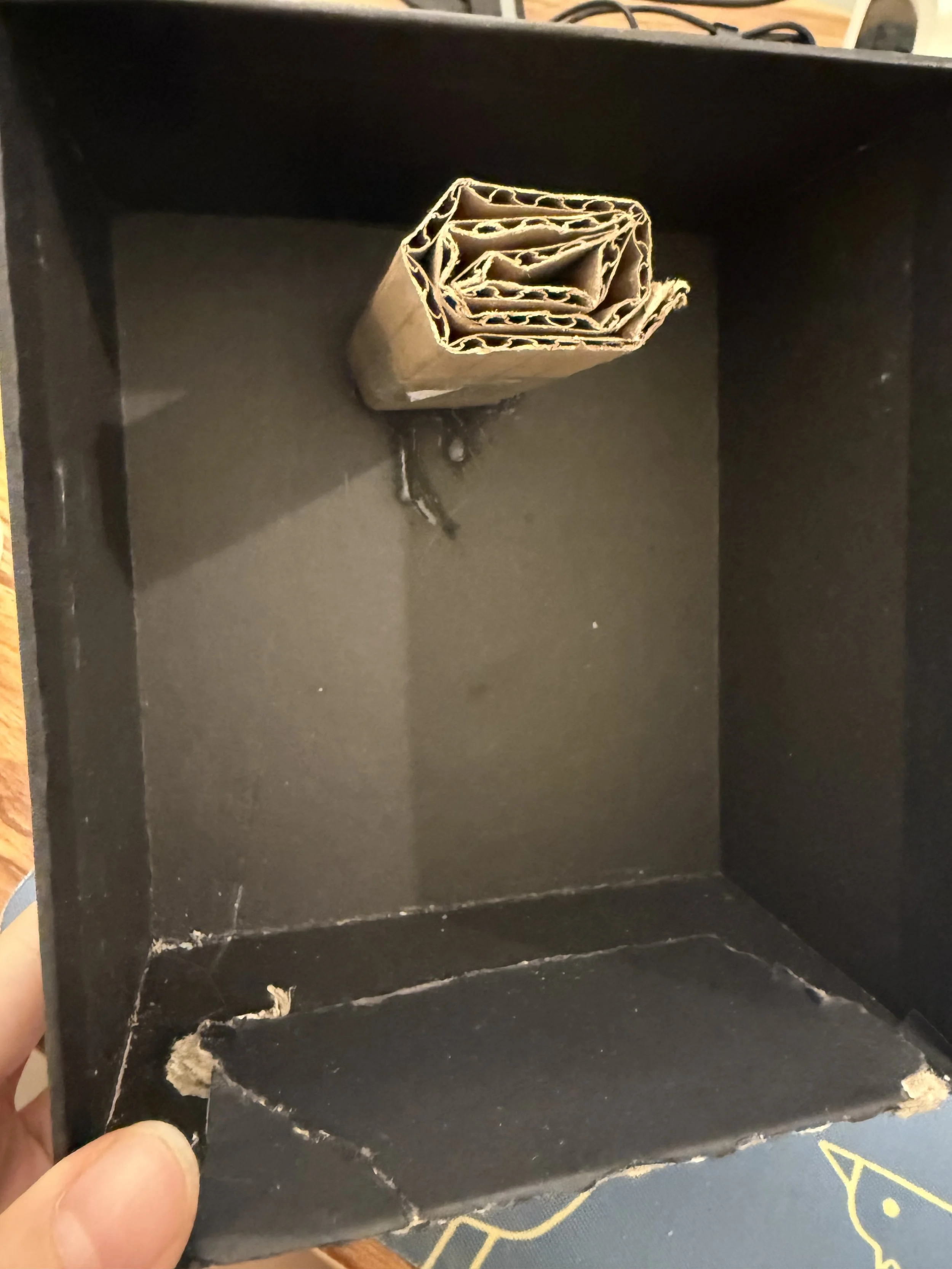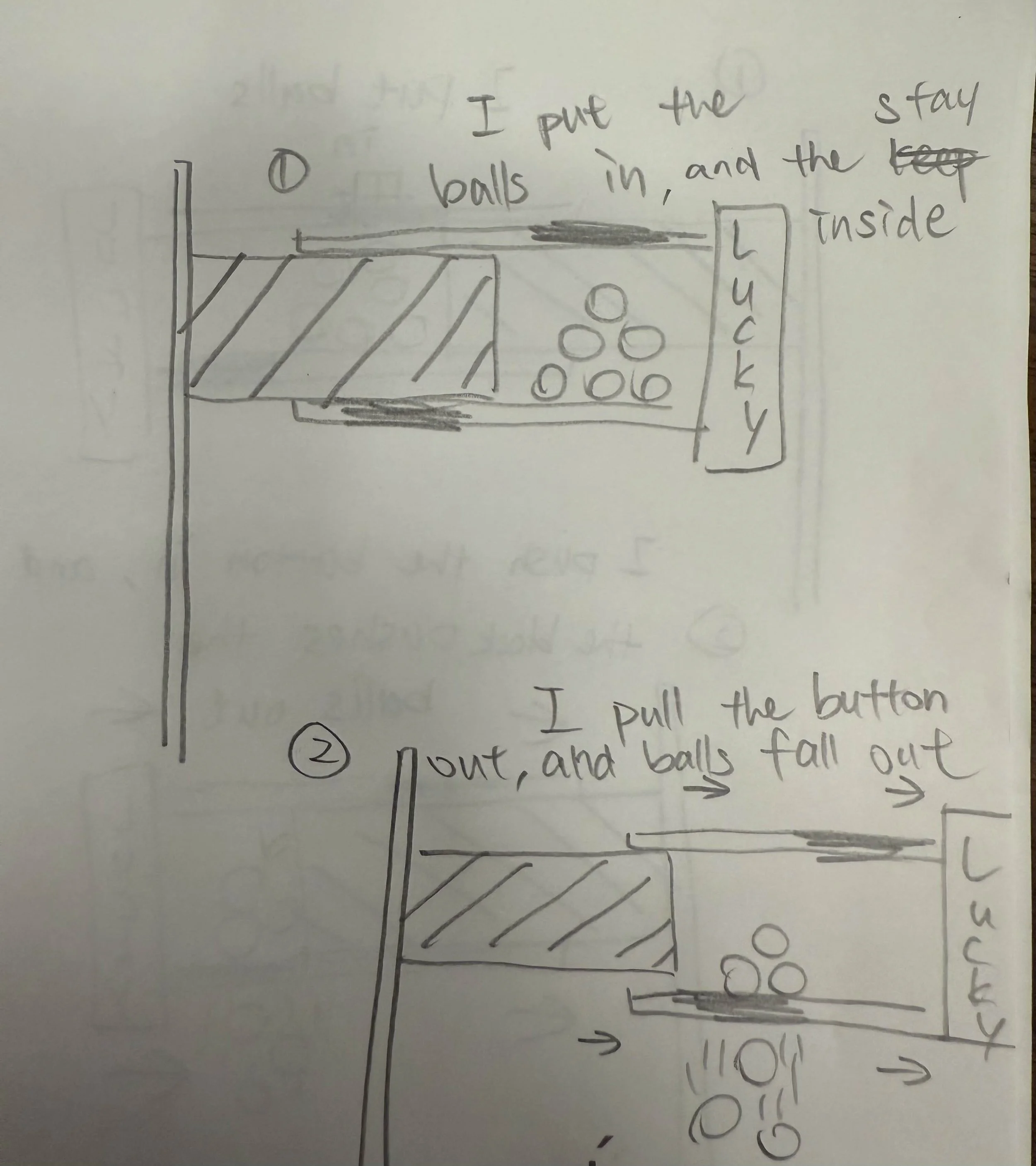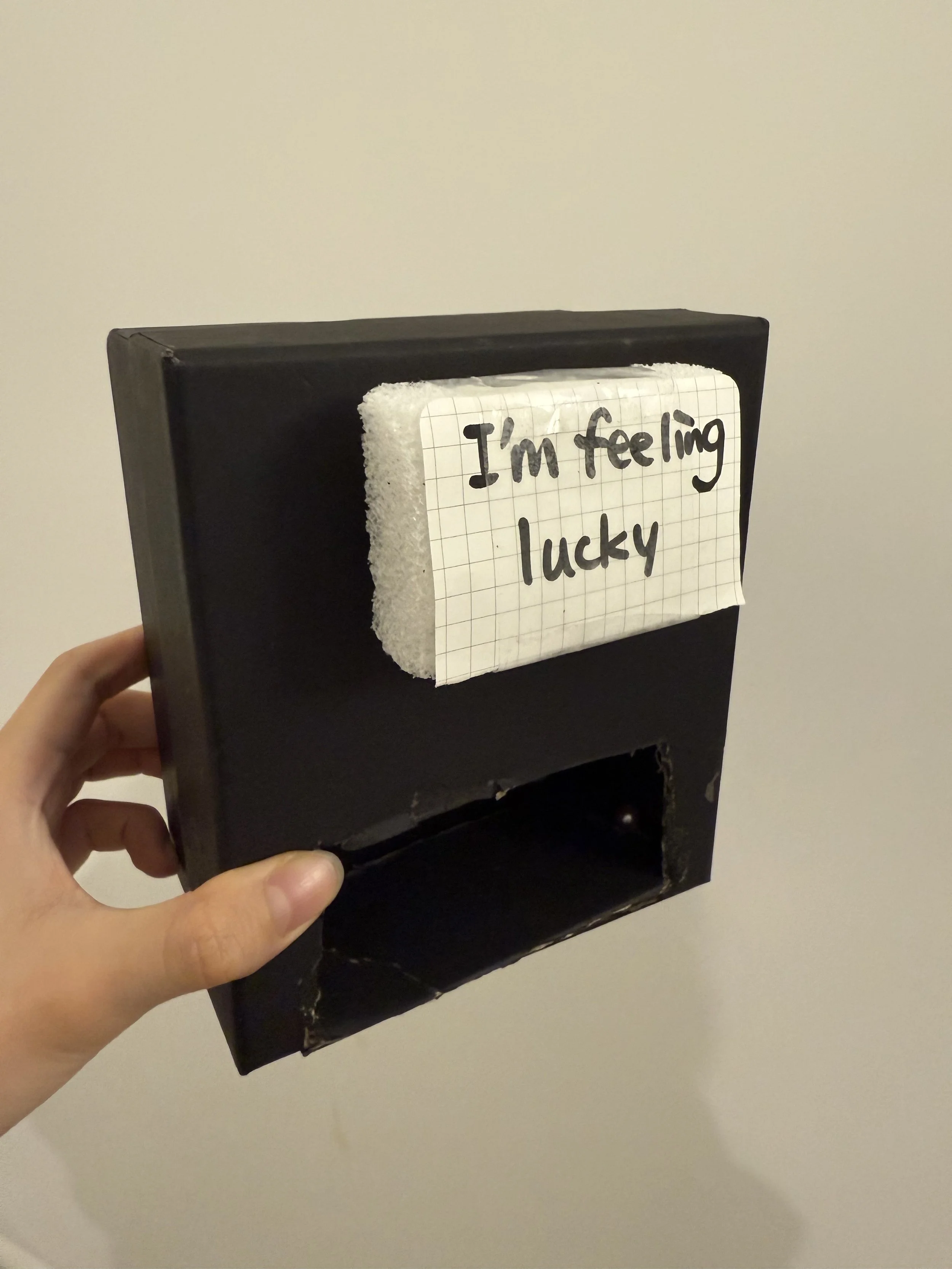Week4
Reading Reflection
Dan Lockton et al, Metaphors & Imaginaries
I can totally understand what the author is trying to express in this article. Metaphors, or more widely, all the things that create images in people’s minds can bring changes without people noticing them, and that can be much more effective than using simply words. The way the author brings up the idea of energy also resonates with my understanding. I can feel that the author see things in a very abstract but concise way, and I can almost imagine the author’s perspective. I love it.
Nothing About Us Without Us, Design Justice Chapter 2, by Sasha Costanza-Chock
I am glad someone finally brought up the idea this article is talking about. Honestly, every part of the world works like this: those who benefit the most from the existing rules keep making the new rules, so those who are privileged keep being privileged forever. However, the fact that the author - who has a relatively high level of freedom of speech in the field of design - speaks up and appeals for more people to pay attention to those who are excluded from the existing designs, is very heartwarming to me. I always believe that if we ignore some people’s needs and exclude them, we can also be the ones who get ignored in the near future. Therefore, inclusivity is something that can benefit everyone, and it is thus more significantly important in the world of design, which is made to make people’s lives easier.
Mapping Affordances
For this assignment, I mapped an interaction on the page of Google search: the “I’m Feeling Lucky” button.
When the user’s mouse hovers over this button, the text on the button rolls and randomly changes to something they can explore.
This interaction is very interesting to me. The rolling effect feels smooth and circular, and the randomness of it feels a bit like gambling; although it is much healthier than gambling in the sense that things that pop out are more on the practical side, the sense of surprise and excitement does not get reduced. It almost feels like a gumball machine that randomly drops out candies when people push its button.
Therefore, I decided to mimic how the gumball machine works and make a “lucky box” that drops out small balls every time someone pushes a button.
This is the draft of the lucky box. My plan was that when the “I’m Feeling Lucky” button is pushed, a small ball drops out. However, I did not figure out a way to make the small balls drop one at a time, so I changed the plan and made all the balls drop out at the same time when the button it pushed.
This is the draft of how I planned to make things work.
There would be a drawer-shaped rectangular box glued behind the “I’m Feeling Lucky” button, with its back being empty and two holes on its body: one closer to the inside at the ceiling of the drawer, where I would put the small balls in, and one closer to the outside at the floor of the drawer, where the small balls would fall out. Then, I would glue a box-shaped rectangle at the back of the lucky box that inserts exactly into the drawer. As a result, when the “I’m Feeling Lucky” button got pushed in, so would the drawer, and the box-shaped rectangle would push the small balls out from the empty space at the floor of the drawer.
I drew lines on the box to identify the space to cut out, which would serve as the open window to see the balls when they fall out.
The box on the left is the drawer. I drew more rectangles to identify spaces to cut out, which would serve as the empty spaces for the small balls to go in and out.
The result of the drawer
I attached a sponge to the front of the drawer with “I’m Feeling Lucky” written on it.
I made a rectangular box out of cardbox and made sure it fitted exactly into the drawer to that it would push the small balls out.
However, when I put everything together, I soon realized that when I put the balls inside the drawer from the ceiling empty space, they would immediately fall outside from the floor without being pushed outside, which would not make the effect or the sense of interaction I wanted.
Therefore, I decided to rotate the drawer upside down, and since the empty space on the floor was close to the inside, it would only appear when I pulls the drawer out, and then the balls would fall out.
At the end, it was finally working!
Although I was not able to make everything work as I intended at the beginning, I still managed to make an interaction that was similar to the original “I’m Feeling Lucky” button design: when the user interacts with the button, some random surprise pops up.



